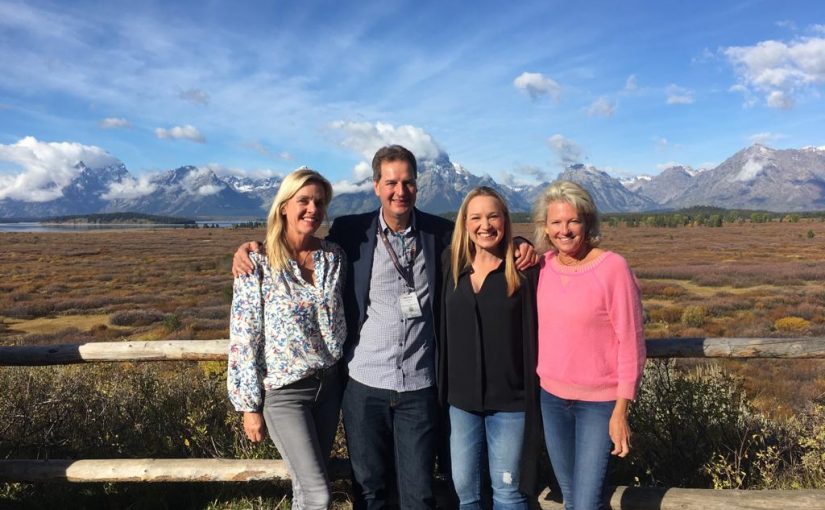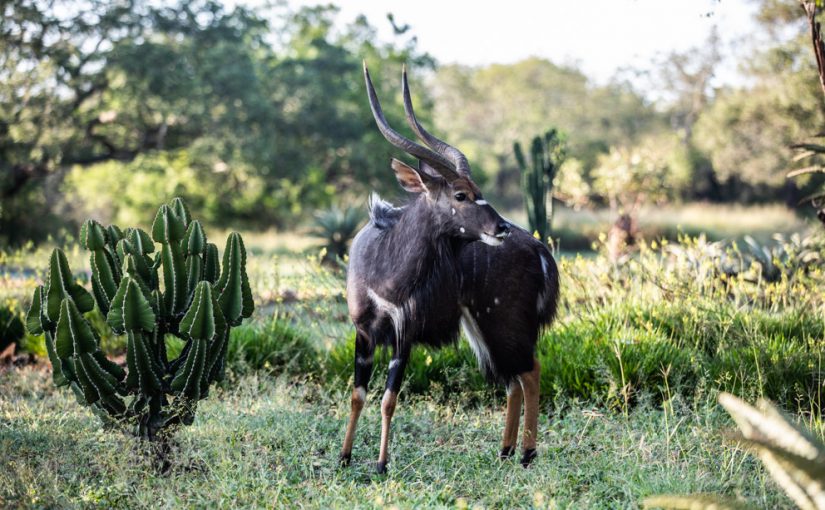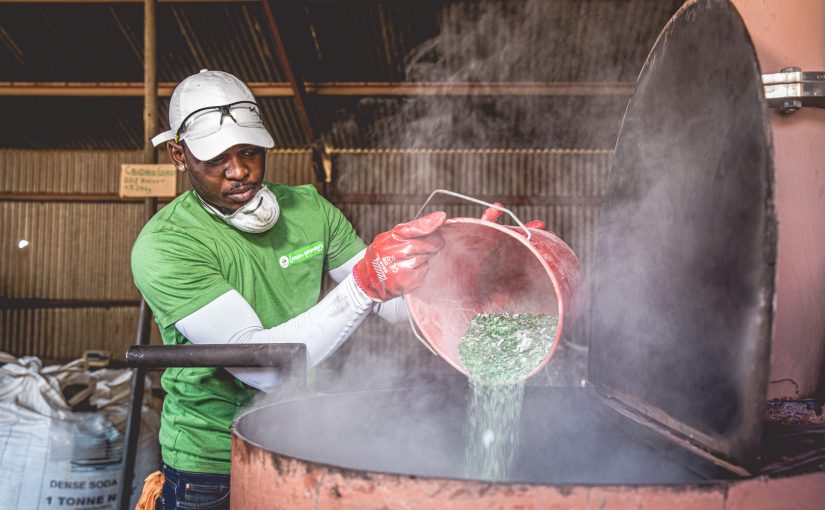World Rhino Day is celebrated on the 22nd of September every year to inspire people to acknowledge this iconic species. The day spotlights the importance of rhinos and raises much needed awareness and education on how people can be part of the solution to protect rhino. This past Friday, a life-size rhino sculpture was unveiled at the Durban harbour, recognizing the importance of rhino conservation. This rhino idea was inspired by the late Stephanie Seaward, who noticed how visiting seafarers to the centre took great delight in anything iconic of Africa.
Durban Seafarers’ Mission, Ezemvelo KZN Wildlife and WILDTRUST partnered to unveil a life-size rhino in celebration of World Rhino Day. Rhinos are poached in South Africa every day with the onslaught of poaching continuing throughout various parastatal and privately owned rhino reserves. Peter Houston, Chairman of the Mission to Seafarers comments, “We want to use our unique position in Durban to show seafarers the plight of rhinos in South Africa. As many seafarers come from Asia, we hope to spread awareness about rhino conservation right into the heart of where rhino products are consumed and even raise funds to adopt a real rhino at Somkhanda Community Game Reserve in support of WILDTRUST’s Adopt-A-Rhino campaign.”
WILDTRUST CEO, Dr Roelie Kloppers joined in the celebrations and had this to say, “WILDTRUST’s vision of a thriving and resilient world drives our passion for rhino conservation. We say no to rhino poaching and we will continue to pursue opportunities to raise awareness about this crisis both in South Africa and the world. We want to congratulate the Durban Mission To Seafarers for showing support to our rhino conservation efforts and we wish them a successful campaign that will see our project support rhino conservation efforts at Somkhanda Community Game Reserve.”
Ezemvelo KZN Wildlife recognizes the partnership and support of all stakeholders involved in conservation efforts across the province of KwaZulu-Natal. Ezemvelo’s East Regional Manager, Mr Cedric Coetzee mentioned that “Ezemvelo is delighted to have the involvement of the Mission to Seafarers NGO assist in the Save-the-Rhino campaign. An awareness initiative of this kind is most significant, as it showcases this critical megaherbivore species to international seafarers that can make an impact, sharing the conservation message to family and friends afar.”
Should you wish to view and / or donate to this campaign, visit: https://wildtrust.co.za/support-us/ , search for the “HELP SUPPORT THE SEAFARERS SAVE THE RHINO” graphic and donate. The minimum target is R25 000 and we appeal to the public to help us exceed this target so we can do more in fighting for the rhino’s survival. This campaign will run for as long as it receives the support it deserves. Rhino conservation is an on-going process which all South Africans, Africans, and the globe, should support, to avoid this iconic species becoming extinct.





